
SCIENTIFIC NAME
DESCRIPTION
RANGE
HABITAT
DIET
BEHAVIOUR
undefinedPRIMARY ECOSYSTEM ROLES
Canada is famous for its maple trees and for good reason.
Maples are attractive, either with their form, fall colouring or both, their wood is invaluable and one species in particular has sap that is exceptionally sweet! In addition to being useful to humans, our native maples are perfect for our birds, insects and mammals as a source of food and shelter. But watch out for a non-native maple that is commonly bought yet is pushing out our native trees, including maples.
The Giving Tree
Maple trees have pretty fall colours with some species having more vibrant hues than others, like Sugar, Vine and Red Maples. Mature trees are often admired year-rounddue to their majestic shapes, especially when in an open area where its natural form is able to grow fully.
Indigenous cultures have also used maples as medicine, making teas that can serve as a laxative and to treat cataracts, for instance.
Sugar Maples are loved for the sweet treat it produces at the end of the winter. Other trees also produce a sap that can be boiled down to a syrup, but Sugar Maples have the highest sugar content and are the go-to for the ever famous – and tasty - maple syrup.
But we’re not the only ones that enjoy maple sap, as maples are important to our wildlife for food in a number of ways. Squirrels, some butterflies, insects and birds will enjoy also the sweet sap in its raw state. Although the wind helps pollinate these trees, you will also find bees foraging on maple flowers in the spring for pollen and nectar. The seeds, buds, leaves and bark are food for a variety of animals including birds like grouse, finches, grosbeaks and mammals like porcupines, squirrels, moose and deer. Many birds feed on insects that live in and on the trees, supporting themselves and their hungry young. Last but not least, maple trunks also provide shelter for a great number of cavity nesters (animals that nest and roost, or sleep, in holes in trees). These include woodpeckers, Screech Owls, Wood Ducks, as well as mammals like flying squirrels. And many birds build nests among the branches, such as American Robins, Black-capped Chickadees, Baltimore Orioles, Northern Cardinals and some warblers.
Watch out for non-natives
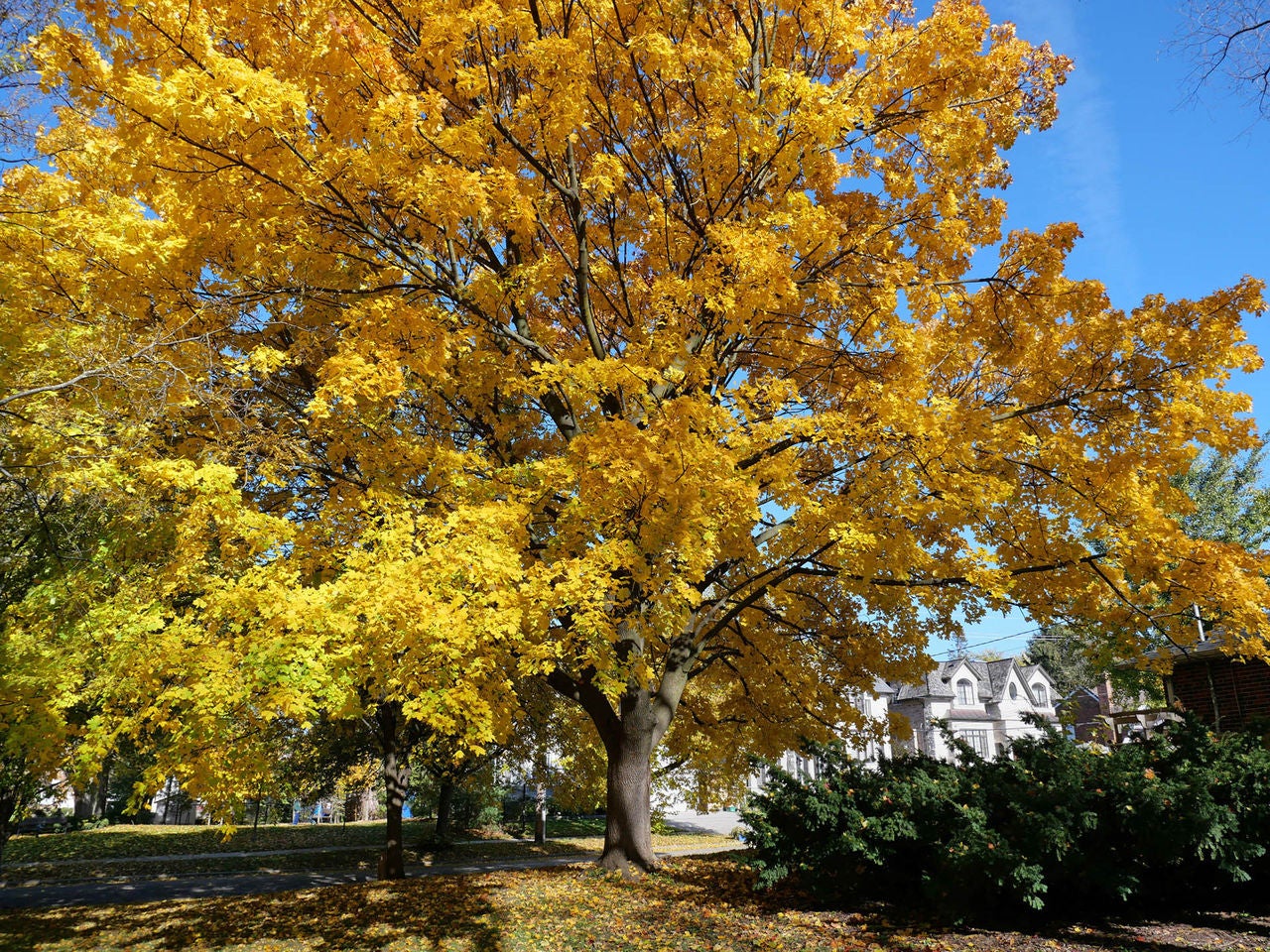
Norway Maples (Acer platanoides) were introduced from Europe about 250 years ago and have been commonly planted over the years by both homeowners and municipalities. While that may not sound like a problem, this non-native species is not only invasive, it also doesn’t support our wildlife like our native maples do.
In his book, “Bringing Nature Home”, Douglas Tallamy describes how our native species of trees can support hundreds of lepidoptera – the large group of insects that include our butterflies and moths. This group of insects is especially key for many of our birds that need huge amounts of insects – especially large soft-bodied caterpillars – for raising their young. To give an example, the Carolina Chickadee (very similar to our chickadees) needs between 6,000 and 9,000 insects to feed their young in a two-week period. This doesn’t include feeding the young once they have left the nest and are following the parents around for food. Our native trees support these and other beneficial insects which in turn support the birds we love to see in our gardens and that also have an important ecological role to play in our world.
But the Norway Maple is believed to only support a mere handful of insects. This means that birds avoid nesting and visiting these trees as they don’t offer them or their young food. Considering that parent birds spend energy gathering food and that they don’t want to leave their young alone and vulnerable longer than necessary, making a nest in and around native trees with a plentiful food source is a much more viable option.
And while you may still be tempted to think that having an absence of insects in your tree is a good thing, consider that most of our native insects do not bite or cause noticeable or significant damage to our plants. Add to that the known fact that we absolutely need insects for our world to function, and you can see why it’s important to support these tiny allies.
But in addition to a lower ecological value than our native maples, Norway Maples are also invasive. That means they can push our native maples and other trees by outcompeting them. Their leaves come out longer than our natives do and they create deep shade that can make it hard for our native tree, shrub and wildflower species to grow. The Toronto Ravine is an example where the Norway Maples are taking over, reducing biodiversity and causing many to think that, if we’re not careful, we will end up with an exotic forest that has minimal ecological value. Montreal’s city parks are not much different, with one study indicating that Norway Maples are the most common tree in the city. But these trees are found and still being sold out west as well, in both British Columbia and the Prairies.
Nurseries mean well but are not always informed of either the problems with Norway Maples or understand the differences in maple species. One person I know of went to buy a Red Maple at their local nursery but when an employee produced one, the shopper realized they were handing them a Norway Maple cultivar called ‘Crimson Red’ instead!
Canadian Species
Here are the Canada’s native species of maples that you should look for when shopping for maples or even out on a nature hike.
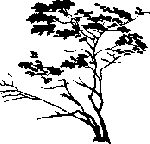
Vine Maple Acer circinatum
Erable circiné, érable à feuilles rondes
As the French name implies, the leaves of the Vine Maple are rather round. It is a shrubby species found mainly in the understory of southwestern British Columbia’s forests and streambanks and is planted as an ornamental in gardens because of its bright red, orange or yellow fall colouring.
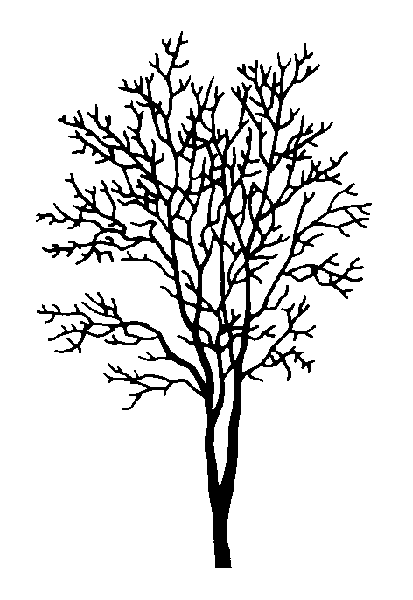
Douglas Maple Acer glabrum
Rocky Mountain maple, Erable nain
The Douglas Maple is found in much of British Columbia, reaching up to the northern coast as well as into southwest Alberta. It is a small tree or large multi-stemmed shrub that grows in open moist areas. It has been used similarly to the Vine Maple although its fall colours are less bright.

Bigleaf Maple Acer macrophyllum
Broadleaf Maple, Oregon maple, Erable grandifolié, érable à grande feuilles
The Bigleaf Maple grows on Vancouver Island and the southern coastal mainland of British Columbia. True to its name, this maple has very large leaves. It is also the only western maple that reaches a typical tree size, of up to 30 metres. Indigenous Peoples used this wood for utensils, fish hooks and oars and made a rope from the inner bark. Its leaves turn orange or red in the fall.

Manitoba maple Acer negundo
Box Elder, Ashleaf Maple
The Manitoba Maple is different to other Canadian maples in that its leaves are compound – having several leaflets comprise one leaf - and elongated rather than having the single palm shaped leaf of the typical maple. Native to the Prairies, in particular Saskatchewan and Manitoba, it is useful for stabilizing slopes although it has become widely planted beyond this natural range and can become weedy.

Black Maple Acer nigrum, Acer saccharum var. nigrum
Black Sugar Maple, Hard Maple, Erable noir
The Black Maple is only found in the southern Ontario and a tiny portion of southwestern Quebec. It is considered by some to be a subspecies of the Sugar Maple due to its similar characteristics. The leaves are typically yellow.
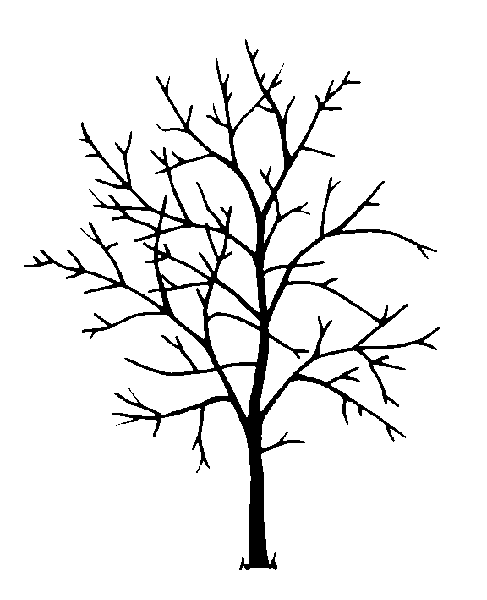
Striped Maple Acer pensylvanicum
Moose Maple, Moosewood, Whistlewood, Goosefoot Maple, Erable de Pennsylvanie, bois noir
As its English name implies, this maple has striped-looking bark. It is a shrubby understory tree in the eastern provinces whose wood is soft and not typically used commercially. Its pale-yellow leaves add can colour to the autumn garden.
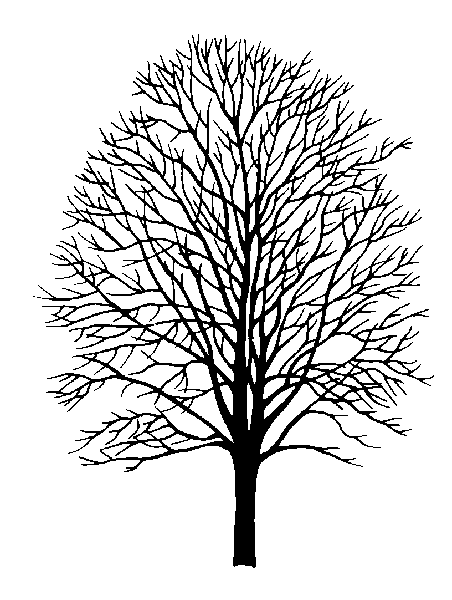
Red maple Acer rubrum
Swamp Maple, Soft Maple, Erable rouge, plaine rouge
The Red Maple is a highly adaptable tree that grows in eastern Canada, from the most westerly edge of Ontario (and extreme southeastern portion of Manitoba) as far as Newfoundland. You can make syrup from its sap but it is only half as sweet as the Sugar Maple. Red and Silver Maples often hybridize, resulting in Freeman’s Maple (Acer x. freemanii). As its wood is heavy and not as strong as other maples, it has been used as a pulpwood for boxes. The autumn colours of the Red Maple tend to brilliant red, as the name implies, as well as orange or yellow.
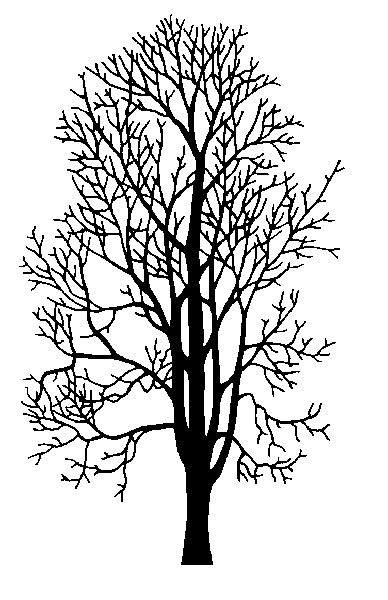
Silver Maple Acer saccharinum
White Maple, River Maple, Erable argenté, érable blanc
This eastern species is less common than the Sugar or Red Maples and extends from Ontario to New Brunswick. Its name is due to the whitish hue on the underside of its leaves. Its leaves turn a pale or dull yellow in the autumn.
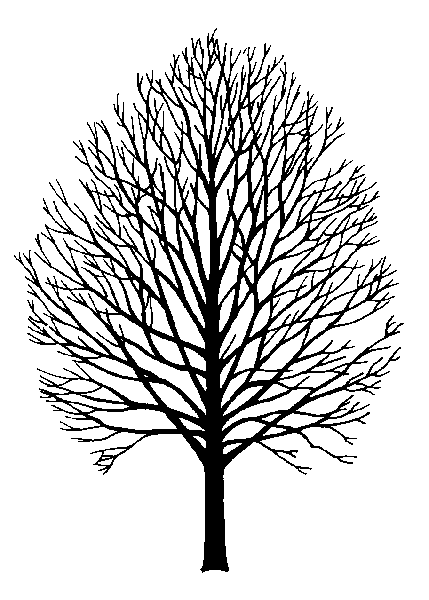
Sugar Maple Acer saccharum
Rock Maple, Bird’s eye maple, hard maple, Erable à sucre, érable dur, érable du Canada
This large and long-lived tree is an eastern species, ranging from Ontario to Nova Scotia and PEI. It is famous for its sweet sap that, for many centuries, has been heated to evaporate water resulting in delicious maple syrup. It has also been a highly valued tree for woodworking thanks to its hardness, being used for furniture, flooring, musical instruments and tools. The first trains travelled about thanks to Sugar Maple rails, later to be replaced with iron rails instead. Sugar Maple leaves turn bright yellow, orange or red in the autumn.
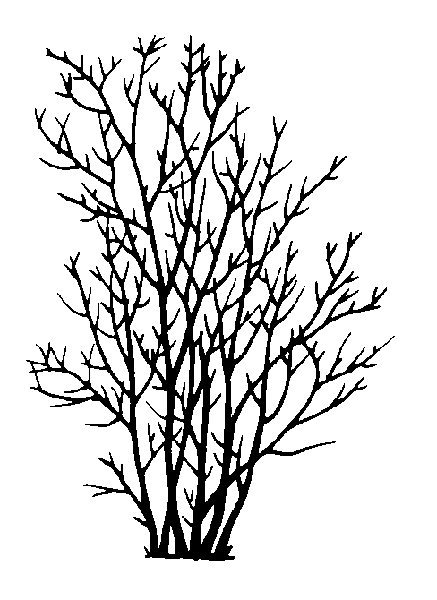
Mountain Maple Acer spicatum
Dwarf maple, moose maple, white maple, whitewood, Erable à épis, plaine bâtard, fouéreux, plaine bleue
This small tree or shrub can be found from Saskatchewan to Newfoundland and Labrador. Moose and deer browse new shoots. With thick root system it is useful for preventing erosion along slopes. Mountain Maples leaves turn varying shades of yellow, orange, red or brown in the autumn.

